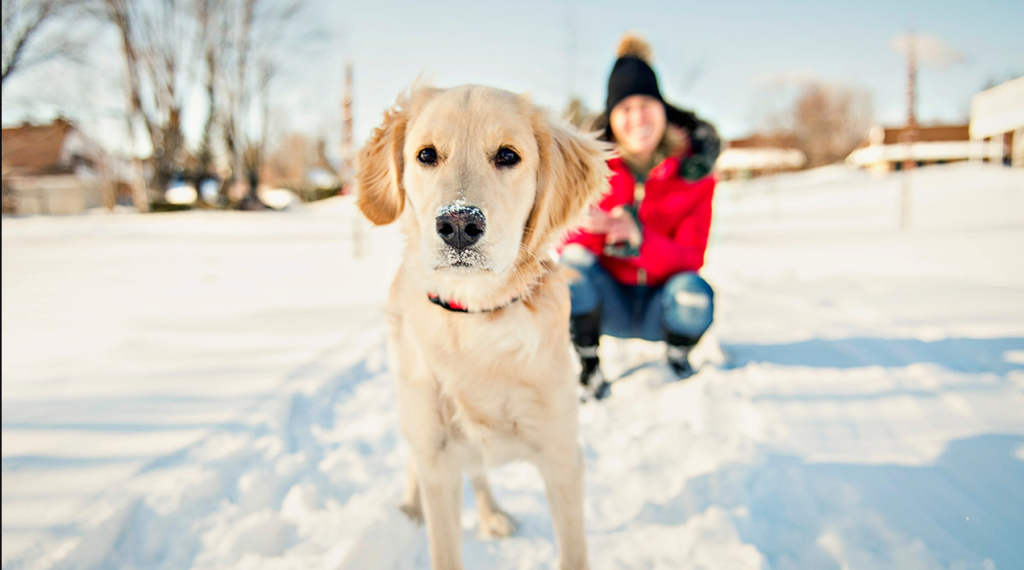8 Essential Tips for Walking Your Dog in Winter.
Others are reading now
Walking your dog in winter requires extra precautions, and there are specific considerations every dog owner should be aware of.
According to Nyheder24, here are eight vital tips to ensure your dog’s safety and comfort during those chilly walks:
-
Keep Your Dog Warm: Even though dogs have fur coats, adding an extra layer in the winter months can be beneficial. This extra layer keeps them warm and dry during walks. Choose a comfortable and well-fitting coat to prevent overheating or chafing. However, don’t force your dog to wear a coat if they really dislike it.
-
Consider Shorter Walks: In colder weather, consider reducing the duration of your walks. The longer your dog is outside, the lower its body temperature can drop. If your dog still needs exercise, consider indoor play after a short walk.
Also read
-
Choose the Right Time of Day: Early mornings and late evenings tend to be colder. Plan your walks during warmer times of the day, like mid-morning or early afternoon if possible.
-
Keep Them on a Leash: In icy or snowy conditions, keep your dog on a leash during walks. Roads and sidewalks can become more slippery, and keeping them close can prevent falls or injuries. A leash also gives you better control over where your dog goes, keeping them away from dangerous terrain like deep holes or frozen ponds.
-
Don’t Let Them Eat Snow: Some dogs enjoy catching falling snow with their mouths. However, don’t let your dog eat snow that has settled on the ground. Toxins like melting agents or antifreeze can contaminate the snow, and your dog risks ingesting potentially harmful bacteria from other animals’ feces. Eating large amounts of snow can also lower your dog’s body temperature.
-
Prevent Frostbite: Walking on ice and cold surfaces can make your dog’s paws sore. If your dog seems uncomfortable or starts limping, check their paws for ice clumps and remove them during the walk. You can buy boots for your dog to wear during walks.
-
Paw Care: When you return from your walk, remember to dry your dog’s paws with a towel and clean them if they are muddy. You can also give them a lukewarm (not hot) water bath when you get home. This helps remove any salt they may have walked in, which can be toxic if ingested.
-
Support Their Joints: Cold winter conditions can exacerbate stiff joints. If your dog has joint stiffness or reduced mobility, keep walks short and avoid slippery or uneven terrain. Consider a supplement to strengthen your dog’s joints.


